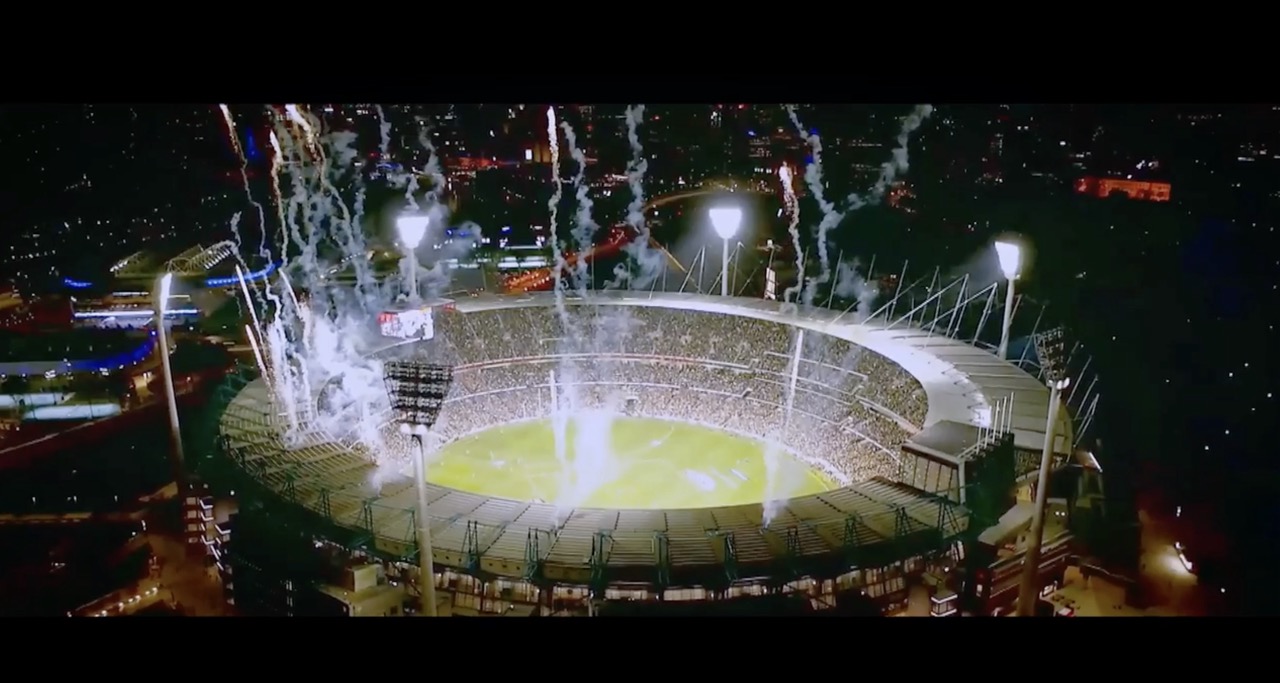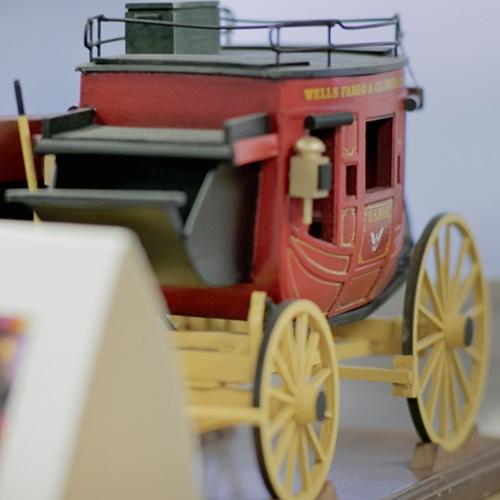
Box affronta in modo efficace le minacce informatiche analizzando i dati sulla sicurezza
Per migliorare ancora di più la già solida protezione dei contenuti e dei flussi di lavoro, Box utilizza Tableau Pulse in Tableau Cloud per ricavare informazioni e ottimizzare la risposta in termini di sicurezza alle minacce poste dall'uso improprio dell'intelligenza artificiale.


















